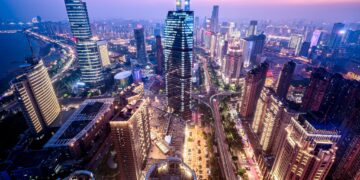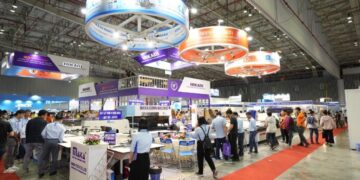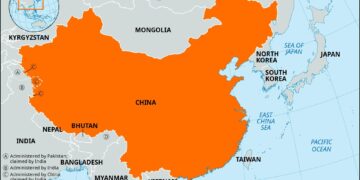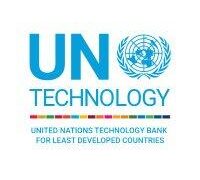Introduction
Tianjin, a vibrant metropolis situated along the northern coast of China, is not only a hub for economic and industrial activity but also a frontline in the escalating battle against environmental challenges. Among these, sand and dust storms have emerged as a critical concern, considerably impacting the atmospheric habitat and public health. These meteorological phenomena, often linked to desertification, urbanization, and climatic changes, have raised alarms among scientists and policymakers alike.This article delves into the intricate dynamics of sand and dust storms in Tianjin, exploring their sources, intensity, and repercussions on air quality and human well-being. By analyzing recent findings published on ScienceDirect.com,we aim to shed light on the multifaceted relationship between human activity and natural processes,ultimately underscoring the urgency for a collaborative approach to mitigating the effects of these environmental events in one of China’s key urban centers.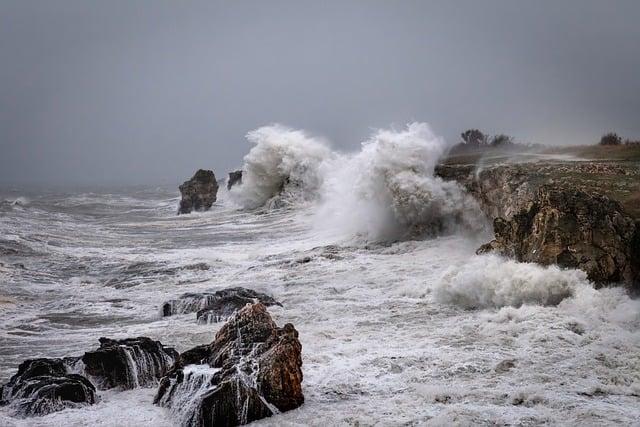
Impact of Sand and Dust Storms on Air quality in Tianjin
Sand and dust storms profoundly degrade air quality in Tianjin, contributing to a variety of health and environmental issues. The frequent occurrence of these storms, particularly in spring, elevates particulate matter (PM) levels in the atmosphere, often surpassing safe thresholds. This increase in PM is primarily attributable to:
- Transportation of dust particles over long distances from the Gobi Desert and other arid regions.
- Local construction activities that stir up previously settled dust.
- Urbanization and the consequent loss of vegetation, leading to increased soil erosion.
The resulting air quality deterioration poses significant risks to public health, particularly for vulnerable populations such as children and the elderly. Research indicates a direct correlation between sand and dust storms and respiratory issues, including asthma and bronchitis. Moreover, the storms have broader ecological impacts, such as:
- Altered atmospheric chemistry, which can affect weather patterns.
- Soil degradation, impacting agricultural productivity in and around the urban areas.
- Visibility reduction, which compromises transportation safety.
| Health Impact | Associated Symptoms |
|---|---|
| Respiratory Issues | Coughing,Wheezing |
| Cardiovascular problems | Shortness of Breath,Chest Pain |
| Eye Irritation | Redness,Itching |
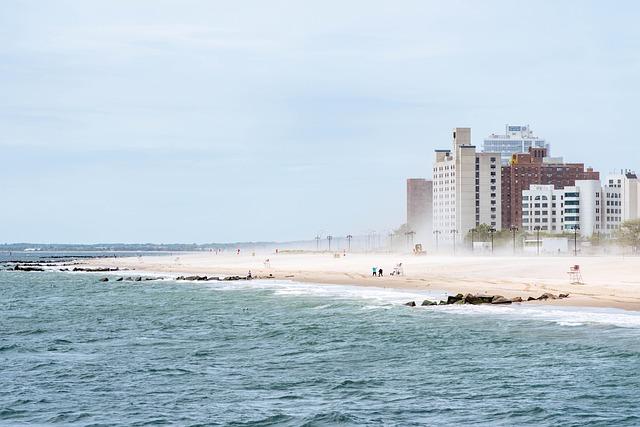
Sources and Origins of Sand and Dust Storms Affecting the Region
The formation of sand and dust storms in the Tianjin region can be attributed to a complex interplay of natural and anthropogenic factors. Natural sources include arid and semi-arid ecosystems, which are abundant in the northern deserts of China, specifically the Gobi Desert. These areas experience seasonal variations in wind patterns and precipitation,leading to a significant mobilization of loose,fine particles. In conjunction with this, human activities such as agriculture, urbanization, and deforestation exacerbate the situation by disturbing the soil and reducing vegetation cover. This disruption increases the susceptibility of the land to erosion, allowing strong winds to lift and transport dust particles over extensive distances.
Moreover, climatic conditions play a pivotal role in the intensity and frequency of dust events.During spring, the prevailing winds shift towards the region, often intensifying storm occurrences. Dunnage operations, construction projects, and land reclamation also contribute to the dust load in the atmosphere. A summary of key sources and contexts includes:
- Natural sources: Gobi Desert, seasonal wind patterns, and low precipitation.
- Anthropogenic sources: Agriculture, urbanization, deforestation, and construction activities.
- Climatic factors: increased wind velocities in spring, drought conditions, and temperature variations.
To visualize the impact of these sources, the following table illustrates the contributing factors and their influences on sand and dust storm dynamics:
| Source Type | Impact Level | Key Characteristics |
|---|---|---|
| Natural | High | Dust generated from vast desert landscapes. |
| anthropogenic | Moderate | Land-use changes leading to increased soil erosion. |
| Climatic | Varied | Seasonal wind shifts affecting storm intensity. |

Health Implications of Increased Particulate Matter Exposure
The rise in particulate matter due to sand and dust storms presents significant risks to public health, particularly in urban areas like Tianjin. Exposure to elevated levels of particulate matter (PM),notably PM2.5 and PM10, can lead to a range of health conditions that affect both the respiratory and cardiovascular systems. Individuals with pre-existing conditions such as asthma or chronic obstructive pulmonary disease (COPD) are especially vulnerable. Short-term exposure can exacerbate these illnesses, while long-term exposure is linked to more chronic health problems, including heart disease and lung cancer. Furthermore, sensitive populations such as children, the elderly, and those with compromised immune systems face heightened threats from poor air quality.
In light of these health concerns, it is indeed essential to consider a comprehensive approach that includes both public awareness and policy intervention.Key measures that can mitigate the impacts of particulate matter include:
- Enhancement of air quality monitoring systems
- Implementation of public health advisories during dust storm events
- Promotion of protective measures for those living in high-risk areas
- Encouragement of localized vegetation to act as natural barriers against dust
By prioritizing public health and implementing these strategies, the adverse effects of particulate matter on the population can be significantly reduced.

Mitigation Strategies to Reduce Dust Storm Frequency and Intensity
To effectively combat the increasing frequency and intensity of dust storms in Tianjin, it is essential to implement a multifaceted approach that addresses both immediate impacts and long-term prevention. Reinforcing vegetation cover is one of the most effective strategies, as healthy plant life can stabilize soil and reduce erosion. Local governments can promote the planting of trees and shrubs in vulnerable areas while also encouraging community involvement through tree-planting initiatives. Moreover, land management practices should be tailored to avoid overgrazing and improper land use, which can exacerbate soil degradation. Techniques such as crop rotation and sustainable agricultural practices not only enhance soil health but also limit dust generation from unexploited land and dry soil conditions.
Technological advancements can play a crucial role in mitigating dust storm impacts. Implementing early warning systems that leverage meteorological data can provide residents with timely details about impending dust storms, allowing people to prepare accordingly. Meanwhile, the request of dust suppressants on susceptible land surfaces can significantly reduce airborne particles. Communities may also benefit from increased public awareness campaigns that educate residents about the effects of dust storms and encourage responsible practices such as minimizing vehicle use during high-risk periods. By combining ecological restoration with technological solutions and community engagement, Tianjin can pave the way toward a more resilient environment.
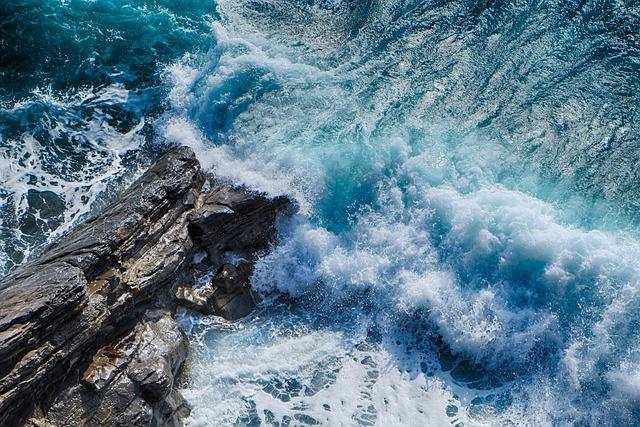
Long-Term Environmental Effects of Sand and Dust Storms on Climate
Sand and dust storms play a significant role in altering the atmospheric environment, particularly in regions like Tianjin, China. over time, these storms contribute to the accumulation of airborne particulates, which can have profound impacts on local and regional climates. The influx of dust into the atmosphere not only disrupts weather patterns but also affects solar radiation absorption, leading to changes in temperature and precipitation dynamics. Furthermore, the long-term presence of these particulates can enhance the greenhouse effect, thereby accelerating global warming and resulting in increased instances of extreme weather events.
Moreover, the environmental consequences are not limited to atmospheric changes; they also greatly affect terrestrial ecosystems. Dust storms can introduce essential nutrients to soil but can concurrently lead to soil degradation through erosion. This degradation impacts agricultural productivity and biodiversity in the affected areas. The table below summarizes some of the critical long-term effects observed in different regions influenced by sand and dust storms:
| Effect | Description |
|---|---|
| Air Quality Degradation | Increased particulate matter leading to health issues. |
| soil Erosion | Loss of fertile soil,affecting agricultural yields. |
| Temperature Fluctuations | Altered local climate, affecting ecosystems and species diversity. |
| Climate Pattern Changes | Increased frequency of droughts and floods in affected regions. |
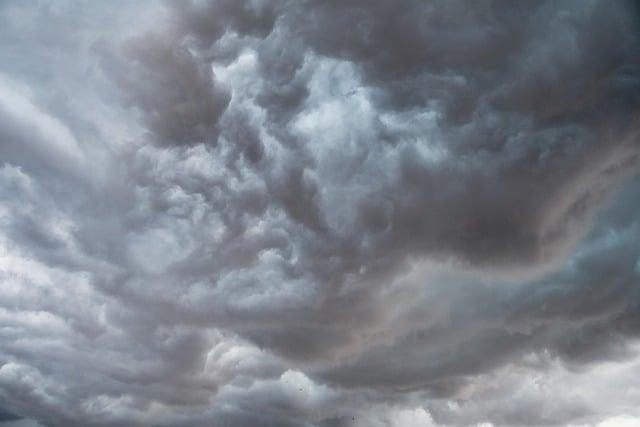
Future Research Directions for Understanding Dust Dynamics in Tianjin
The intricate dynamics of dust transport and deposition in Tianjin necessitate a multifaceted approach to research. Future studies should aim to enhance our understanding of the spatiotemporal patterns of dust sources and deposition zones through advanced remote sensing technology and modeling techniques.Key focus areas include:
- Integration of satellite data: Utilizing high-resolution satellite imagery to track and analyze dust storm trajectories and intensity.
- Field studies: Conducting comprehensive field investigations to measure the physical and chemical properties of dust particulates.
- Climate interaction models: Developing models to simulate climatic conditions conducive to dust generation and its impact on local air quality.
Moreover, interdisciplinary collaboration coudl significantly enrich the understanding of dust dynamics, linking atmospheric science with urban planning and health studies. Research should explore:
- Public health implications: Assessing the health impacts of dust exposure on vulnerable populations in Tianjin.
- Mitigation strategies: Evaluating urban green infrastructure and its effectiveness in reducing airborne dust.
- Policy development: Informing local and national policies on dust management based on empirical findings.
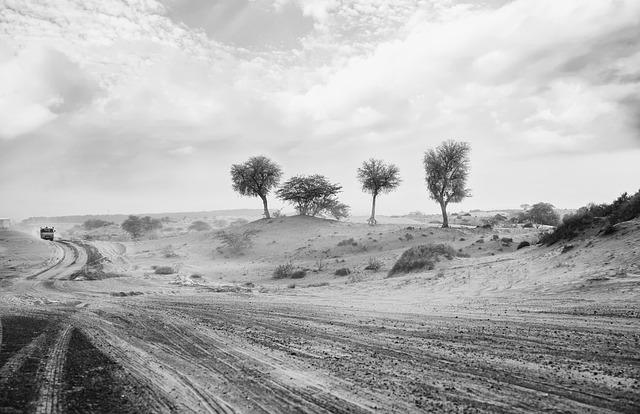
Insights and Conclusions
the phenomenon of sand and dust storms in Tianjin, China, presents a significant challenge to both the atmospheric environment and public health. As highlighted in the findings published on ScienceDirect, these storms are intricately linked to regional land use practices, climatic factors, and urbanization trends. The research underscores the importance of addressing the root causes of dust emission, including soil degradation and deforestation, while also emphasizing the need for improved forecasting and mitigation strategies. as climate change continues to exacerbate weather patterns, the urgency for comprehensive policies aimed at reducing the frequency and intensity of these storms is paramount. Sustainable management practices and increased community awareness are essential to safeguard not only the local atmosphere but also the broader implications for air quality, health, and climate resilience. Continued examination into these dynamics will be critical as we strive for a more sustainable future in rapidly urbanizing regions like Tianjin.



